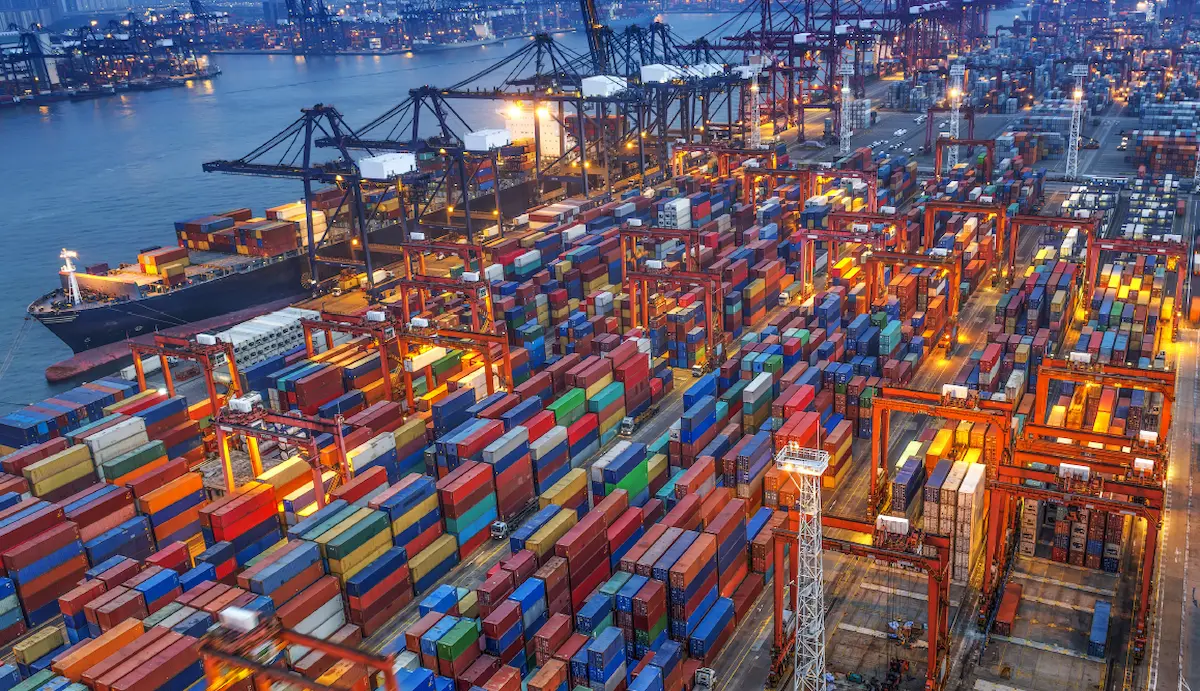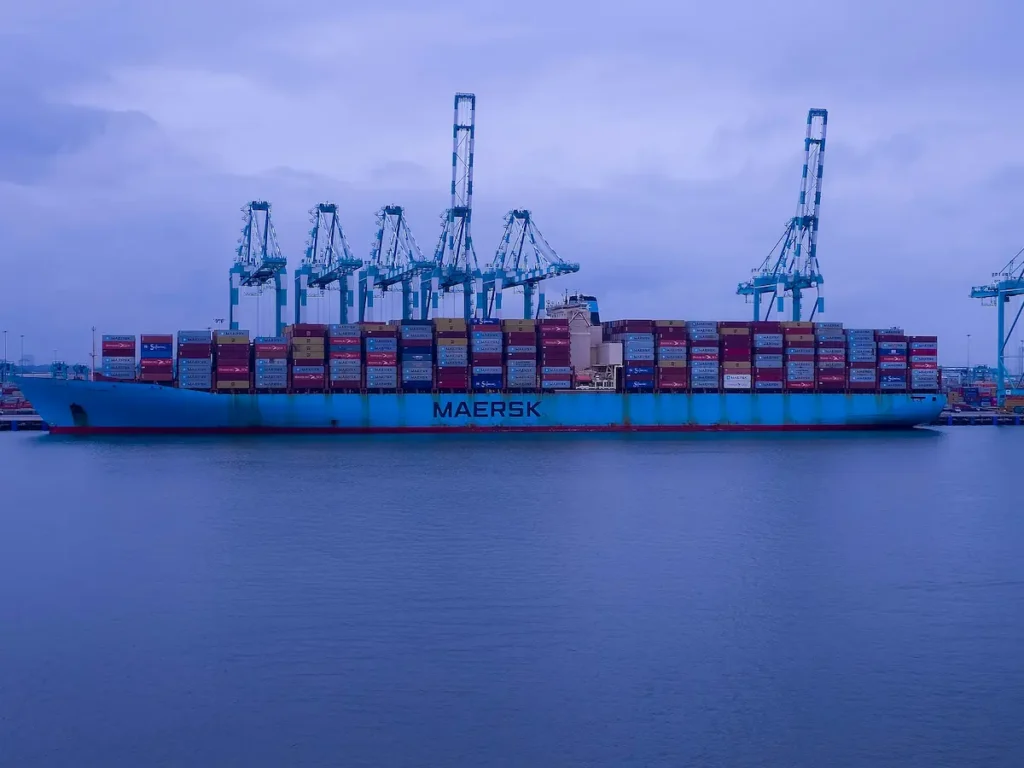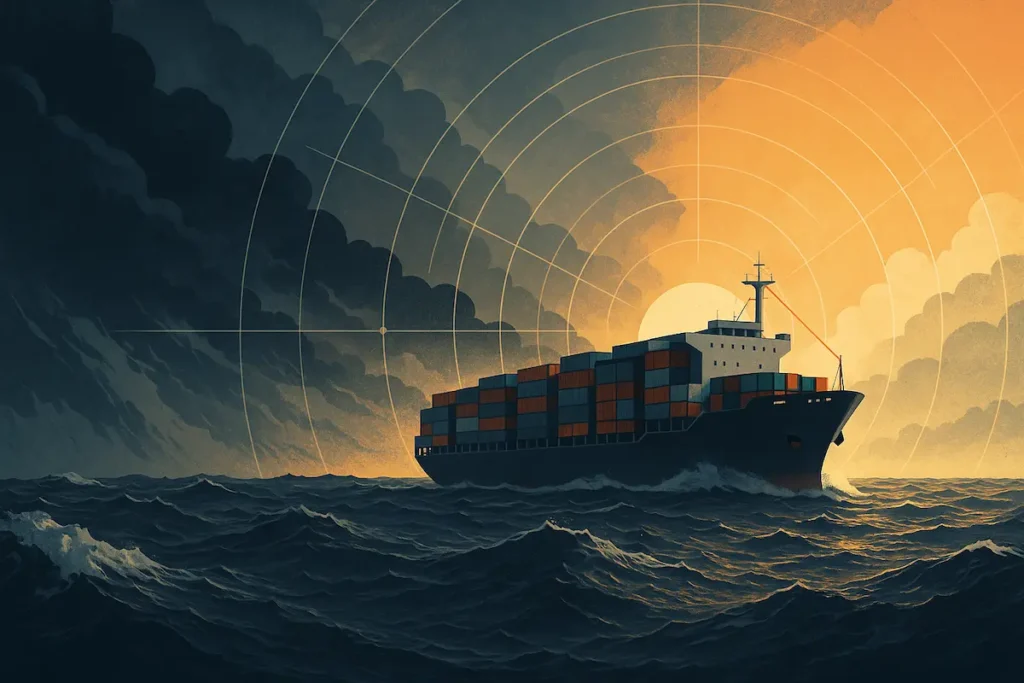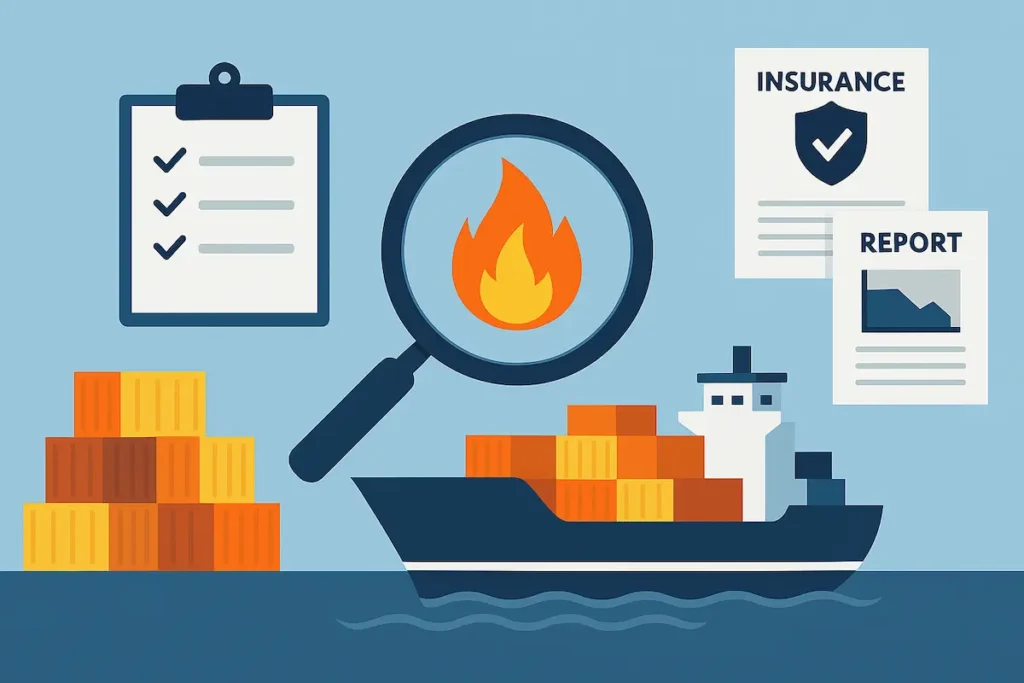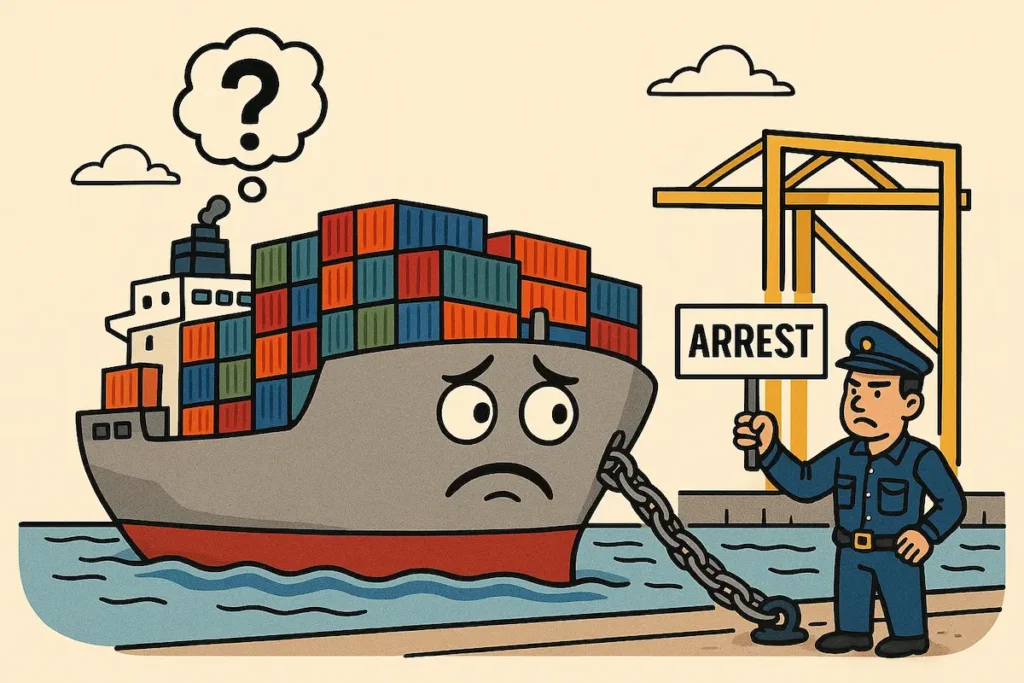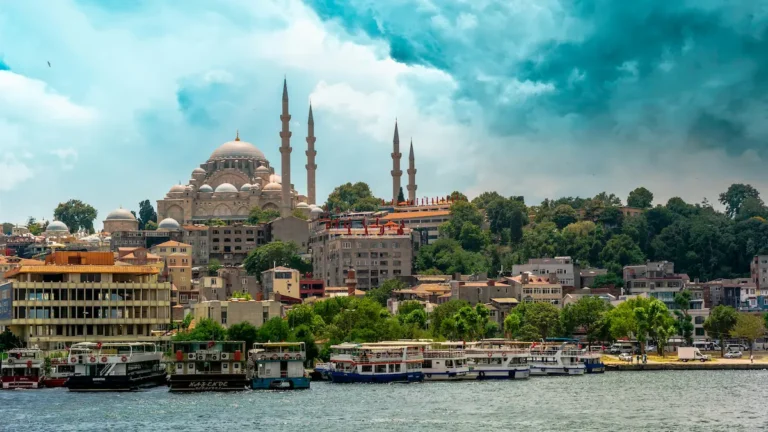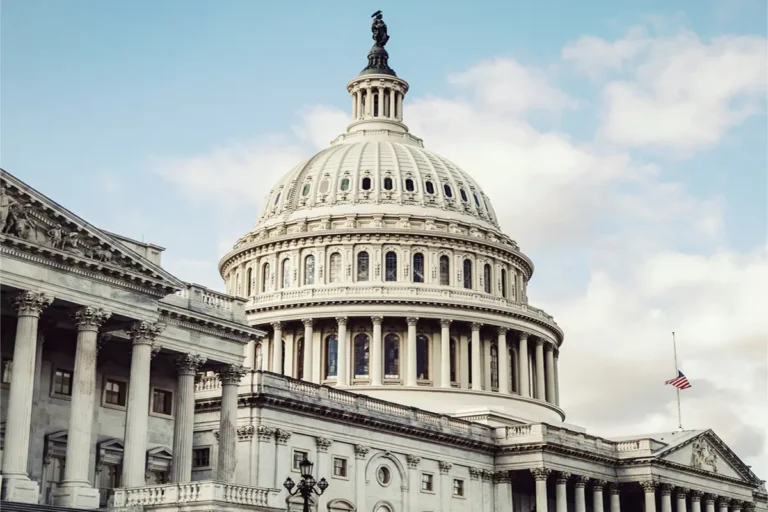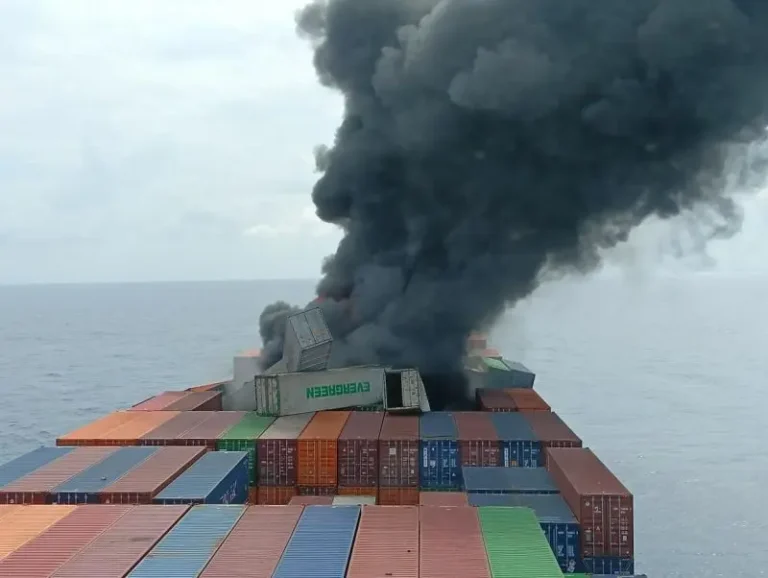When the world’s largest economy tariffs the whole world, naturally the world will respond.. But can that response place the global trade order at risk..??
“The era of rules-based globalisation and free trade is over.” That line, delivered by a small but global shipping hub in Southeast Asia, might sound like a dramatic punchline, but it perfectly sums up the current moment in global trade..
These words, recently spoken by the Prime Minister of Singapore, resonate far beyond Southeast Asia..
They speak to a growing unease across boardrooms, factories, and government halls worldwide.. A sense that the global trade order is being reshaped, not by consensus or reform, but by unilateral force..
On the 2nd of April 2025, the United States imposed sweeping tariffs on imports from nearly every trading partner on Earth.. Within days, governments around the world began to respond — some with retaliation, others with diplomacy, many with deep concern, and nearly all with urgency..
This is no longer about one country’s trade policy — it is about the very future of the multilateral, rules-based system that has underpinned global commerce for decades..
A seismic shift – From rules to retaliation on trade tariffs
The U.S. government’s move toward “reciprocal tariffs” — abandoning WTO norms in favour of unilateral, country-by-country tariffs — has been described by leaders and analysts as nothing short of a paradigm shift..
As Singapore’s Prime Minister stated bluntly “The era of rules-based globalisation and free trade is over. We are entering a new phase — one that is more arbitrary, protectionist, and dangerous.”
These tariffs, ranging from 10% to as high as 34%, have targeted key trading partners in Asia, Europe, and the Americas, covering goods from automobiles, textiles, and electronics to consumer goods and raw materials.. While the immediate economic cost is high, the deeper concern is the erosion of trust and predictability in international trade..
A global chorus of response
Around the world, nations large and small are responding in their own ways — some retaliating, some recalibrating, and others regrouping.. Here’s a snapshot of the global fallout and the measures being taken:
Canada – Canadian Prime Minister Mark Carney didn’t wait long to respond. In direct response to U.S. auto tariffs, Canada has imposed 25% retaliatory tariffs on American vehicles, affecting nearly 67,000 cars annually.
Carney clarified, “Canada will respond to the US auto tariffs by matching the US approach — 25% tariffs on all non-compliant vehicles from the United States.”
China – China has also hit back — and hard.. It has imposed 34% tariffs on all U.S. goods, precisely mirroring Washington’s charges..
In addition, Beijing is restricting the export of seven rare earth materials critical to U.S. electronics production.. It has even taken the U.S. to court, filing a case at the World Trade Organization..
“Trump’s tariffs violate established trade rules,” said China’s Ministry of Commerce..
Malaysia – Malaysia has described the U.S. tariffs as a rejection of WTO principles, noting that the “fundamental principle of non-discrimination” is under threat..
Malaysian PM Anwar Bin Ibrahim reaffirmed that the country will engage the U.S. diplomatically, but is also preparing strategically.. “We are fully committed to securing a favourable resolution that preserves vital market access, attracts continued foreign investment, and supports the well-being of our workers and businesses.”
Malaysia is leveraging ASEAN partnerships, CPTPP, and its National Geoeconomic Command Centre to analyse and manage the impact..
Singapore – Singapore, as a highly trade-dependent economy, has warned of wider global risks, including a full-blown trade war and economic slowdown..
In a sobering reminder, its PM Lawrence Wong stated “The last time the world experienced something like this was in the 1930s. Trade wars escalated into armed conflict and eventually the Second World War.”
Singapore has chosen not to retaliate but to strengthen partnerships, economic resilience, and regional cooperation..
European Union – The EU is preparing its own wave of responses.. President of the EU Commission, Ursula von der Leyen vowed retaliation, while French President Emmanuel Macron proposed suspending new EU investments in the U.S., which currently total over $2.4 trillion..
This could include the recently announced $20 Billion investment in America’s maritime transportation, logistics, and supply chain capabilities by French shipping giant CMA CGM..
Macron stressed, “What message does it send to invest billions in the U.S. economy while we are being hit with tariffs?”.. The EU is also preparing a symbolic tariff package by mid-April, expected to target items like blue jeans, orange juice, and Harley-Davidson bikes..
United Kingdom
The UK, once USA’s closest ally, while initially treated more favourably with a 10% tariff, is taking no chances.. London is currently drafting a retaliatory tariff list and has set a May 1st deadline to strike a deal — or impose countermeasures..
🌏 India, Japan, South Korea, Mexico, Argentina
These countries are currently pursuing diplomatic channels over retaliation.. They’ve engaged in high-level dialogues with Washington, seeking clarification on U.S. trade objectives and advocating for sectoral carve-outs..
Taiwan
In a proactive move, Taiwan has announced a $2.7 billion support package to assist its industries and agriculture sectors likely to be impacted by the U.S. tariffs.. This forward-thinking measure is aimed at softening the blow while promoting internal reforms..
Five global mitigation strategies taking shape
Despite the shockwaves, there is no uniform response — and that might be a good thing.. Nations are adapting in different ways depending on their structures, exposure, and diplomatic leverage.. But a few common strategies are emerging:
- Leveraging regional alliances – From ASEAN to AfCFTA, CPTPP to MERCOSUR, countries are expected to or are already doubling down on their regional trade agreements to ensure supply chain continuity and mitigate dependence on a single partner..
- Digital trade and industrial upgrades – Several nations, including Malaysia and Taiwan, are accelerating industrial reform agendas, investing in digital trade infrastructure, semiconductor strategies, and energy transitions..
- Institutional and legal action – China’s WTO case could set a precedent.. Other countries may follow suit to challenge the legality of these tariffs through international mechanisms..
- Investment recalibration – The EU’s move to potentially freeze new investments in the U.S. is a powerful signal — nations are increasingly linking trade behaviour to capital flow decisions..
- Strategic diplomacy and multilateral coordination – Rather than acting in isolation, many governments are coordinating through blocs and forums — ensuring their responses are unified, deliberate, and less vulnerable to divide-and-conquer tactics..
Conclusion – Will the world rebuild or retreat??
The message from global leaders is clear.. This isn’t just about percentages on exports — it’s about principles, predictability, and power balance in a globally interdependent economy..
As the Singaporean PM cautioned, “We must be clear-eyed about the dangers building up in the world. The global calm and stability we once knew will not return anytime soon.”
Yet amid the turbulence, there is resolve.. The Malaysian PM declared, “We are a resilient nation. We have a hardworking workforce.. We are determined to overcome.”
And he’s not alone.. Around the world, from Paris to Jakarta, from Ottawa to Tokyo, the sentiment is similar.. This is a time to defend fair trade and tariffs, deepen cooperation, and build economic resilience for the long haul..
Tariffs may have been the spark.. But how the world responds will define whether this becomes a crisis — or a turning point toward smarter, more inclusive global trade..

